Digital banner ads are everywhere on the Web but where exactly did they come from? Like other inventions, banner ads evolved into what they are today. Let’s take a quick look at the history and evolution of online marketing by telling the story of the banner advertisement.

The early 1980’s brought the personal computer revolution but those early machines did not have an Internet to connect to. Early adopters instead networked through bulletin board services (BBS) and online services like Prodigy and CompuServe in the United States. Users would connect through their phone lines to get information and interact with other users.
Prodigy was a joint venture between CBS, IBM and Sears, Robuck and Company in the 1980’s. It became a pioneer of online advertising. In addition to charging for subscriptions to the service, Prodigy gained financial support by displaying banner ads at the bottom of the computer screen.
In the late 1980’s and early 1990’s the global communications network that became known as the Internet was developed. A few years later The World Wide Web was built on top of the commercial Internet and became public in 1991. Web pages became the dominant way for publishers to share information and hyperlinks made it possible to link pages together.
The first clickable banner ad made its appearance on the Web in 1993. The ad placement was sold by and hosted on Global Network Navigator a Web site owned by O’Reilly Media. The first advertiser was Heller, Ehrman and McAuliff a now defunct Silicon Valley law firm.
While online ads sprung up early on the Web it wasn’t until 1994, October 27th to be exact, that credit is given to the very first official “banner ad” took off. An early site, Hotwired, made the decision to run banners to support its writing staff. This move set off a race amongst advertisers to see who would be the first to grab a spot. The site launched with ads from MCI, Volvo, Club Med, 1-800-Collect, Zima and other companies but it is said an ad by AT&T grabbed the historic distinction of being the first. The ad copy read, “Have you ever clicked your mouse right here? You will!”
The placement was purchased by AT&T for $30,000 over three months and produced a 44% click through rate (CTR), something that is inconceivable today (there wasn’t a lot on the Web for people to do back then). From that moment on banner advertising became a huge business with major advertisers paying tens of thousands of dollars for placements.
New technology from a company called Doubleclick came in 1996 helping advertisers organize, manage and optimize their campaigns. As time went on millions of new sites sprung up serving out more and more banner ads. This technology helped transform digital advertising, turning it into the business we know today.
Money flowed into Silicon Valley during the 90’s creating what we now recognize to be a bubble in the stock market. As ad revenues for banner ads increased, CTR declined and many investors and analysts questioned banner advertising’s effectiveness both for advertisers and for publishers trying to sustain business models around it. Then in the year 2000, the bubble burst and many Silicon Valley businesses were no longer.
The first pop-up ad was invented by Ethan Zuckerman in the late 1990’s for the site Tripod.com. As online advertising worked to rebuild in the wake of the bubble, newer formats like Interstitials and the pop-under joined pop-up ads in becoming the rage. Publishers tried to offer ad inventory that would lead to higher levels of response and longer time spent on site after the click so they could justify cost. Throughout the 2000’s new technologies and ad formats were developed that brought interactivity and even video to banner ads.
Banner ads continue to deliver low CTR. On average standard banner ads, those without interactivity beyond animation, only deliver about a .05% CTR (some say .01%) meaning for every 1,000 ads shown, about fifty clicks are generated. Banners are typically better understood not as drivers of clicks but drivers of awareness that fit into a larger strategy. Marketing agencies like Tipping Point Communications use banners as part of campaigns that also include mobile, online video and streaming audio tactics and other ad formats like high-impact billboards, rich media banners and interstitials.
While banner ads have evolved rapidly, the fundamentals of online ads that came from those early banners remain the same. Grab attention, raise awareness, create calls to action and take people somewhere interesting. From the first banner ads in the 1980’s on Prodigy to rich media banners with animation, videos and expandability, the banner is still one of the most important ways we reach audiences online and how most Web publishers stay in business.
{{cta(‘1b22d062-721e-4727-9759-95742667a121′,’justifycenter’)}}









